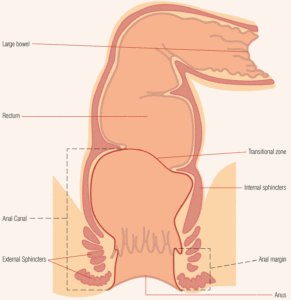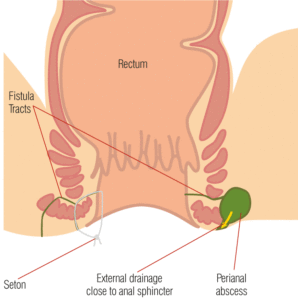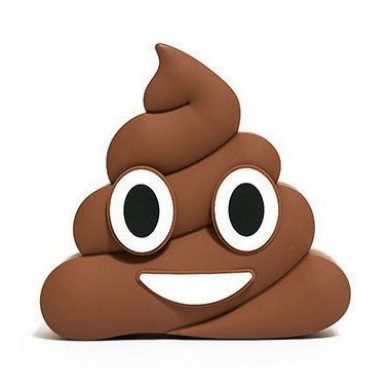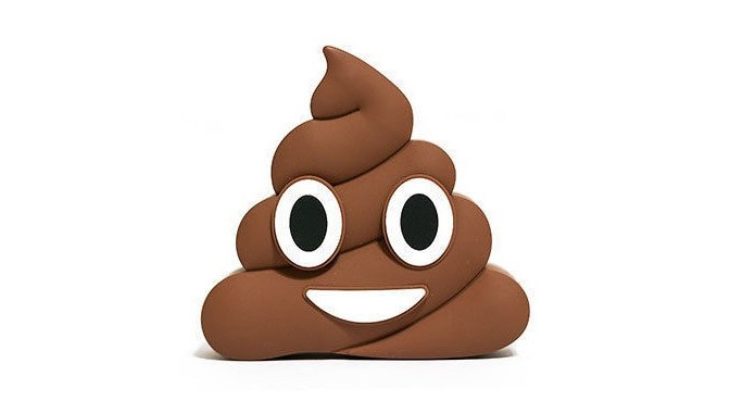Causes and treatment of itching
Although sometimes socially embarrassing, itchy bottom (also known as pruritus ani) is very common and usually has a simple cause and remedy which can be self-managed. However, if the measures outlined below do not work your doctor should be consulted as antifungal or other creams may be indicated or other diagnoses considered.
Itchy bottom is usually related to too much moisture such as sweat, irritation through scratching or chemical soaps (which leads to further scratching) or infection (such as worms). In some women who have candida (thrush) in the vagina, the infection can extend to cause itching of the bottom.
Haemorrhoids, also known as piles, are swellings containing enlarged blood vessels found inside or around the bottom (the rectum and anus) can be a common cause of itch.
Washing the area with warm water, using moisturising creams and avoiding harsh soaps is helpful. If moisture is a problem, a tissue pad between the buttocks may help and if the skin is dry, certain moisturising creams could be tried. Carrying a pack of moisturised wipes to clean the anus to avoid scrubbing with dry tissue may be useful. Avoid rubbing too hard when using a towel and consider cautiously using a hair dryer on a low setting to dry yourself after washing. Itchy bottom can be socially embarrassing but usually these simple measures are effective.
Haemorrhoids can be treated with over the counter remedies or your doctor can advise if you need further treatment.

Causes and treatment of pain
Pain around the anus is often associated with the passage of stools either during or afterward. It is often related to being constipated or passing frequent liquid stools over a prolonged period. Conditions that can cause this pain are varied but some of the most common causes are:
- Haemorrhoids (see above).
- Proctalgia fugax is an intense, self-limited pain lasting a few seconds felt in the area between the anus and the genitals. It often comes on at night. The cause is unknown, but the condition is harmless and management is generally aimed at relieving symptoms. Avoid getting constipation by taking a high fibre diet and drinking plenty of water, around two litres a day is usually adequate. Your doctor may prescribe an anaesthetic cream, which can relax the muscles around the anus, but may also cause headaches.
- Anal fissures are small tears in the lining of the anal canal that can be both painful (especially when passing hard stools) and may bleed, resulting in bright blood on the toilet paper after wiping. Fissures usually cause problems in people of 20-40 years of age. The pain may continue after opening the bowels as the anal muscles go into spasm. Again, a cream to help relax the anus muscles may help. Avoidance of constipation is crucial either through dietary changes including increased water intake, or medicines.
- Abscesses are collections of pus around the bottom which result in extreme tenderness in the area. They can be red, hot and swollen and people with abscesses may feel unwell with fevers and chills. Sometimes an abscess will ‘burst’ and a smelly, sticky liquid may leak out which can bring some relief of the pain. If not, abscesses need to be drained as soon as possible to relieve the pressure caused by pus. If they continue to drain after the incision, this suggests that a fistula (a passage to the bowel) may have developed. All abscesses and persistent anal discharge should be seen by a doctor.

Causes and treatment of bright red bleeding
There are many causes of bleeding from the bottom, most of which are harmless. However, in some cases, bleeding can be due to tumours or inflammation in the bowel, and the earlier these are reported and acted upon, the better the long-term outcome of the disease. Therefore all bleeding from the bottom should be reported to a doctor.
- Anal fissures (see above) can lead to bright blood on the toilet paper, usually associated with pain.
- Haemorrhoids (see above) are the most common cause of bright red bleeding from the bottom (blood can also appear on the outside of the stool, on the toilet bowl and on toilet paper) and about half the population have haemorrhoids by the age of 50. They are also very common among pregnant women. Haemorrhoids are often related to excessive straining when passing stools and are caused by the veins that line the anal canal stretching under pressure and bleeding. Uncomplicated haemorrhoids usually cause no symptoms. Sometimes, they can protrude out of the anus (prolapse) and may be felt as a small lump, which can be tender to touch. If haemorrhoids are painful it is likely that a clot has formed in the vein but other causes of anal pain (see above) are possible and medical advice should be sought. Treatment is usually initially about increasing intake of water and fibre to soften the stool but if these methods are unhelpful, a referral to a specialist may be required.

Causes and treatment of lumps around the bottom
A doctor should examine all lumps of this kind as rarely they may prove to be tumours. However most lumps are harmless and require little or no treatment.
- Skin tags: these are painless fleshy folds of skin found in the anal area. They are benign and in most cases require no treatment although sometimes they can reflect an underlying problem such as anal fissure or inflammatory bowel disease. In those situations, it is likely other symptoms would draw your attention to the underlying problem (bleeding, change in bowel habit, pain or frequency).
- Warts: these are caused by a virus, which is usually passed on through sexual contact. These can be treated at home with a cream, called imiquimod, which promotes the body’s natural immune function to kill off the virus. In some cases they may need to be treated in a specialist clinic.
- Anal cancer: this is rare and is 20-30 times less common than colorectal cancer. It may present with itch, pain, bleeding or a lump that doesn’t respond to the standard treatments. Diagnosis can be made by taking some tissue (biopsy) and examining it under a microscope. Treatment is likely to be with chemoradiotherapy.

> Watch Dr Laith Al Rubaiy explain the colonoscopy procedure





 ABOUT US:
ABOUT US:



